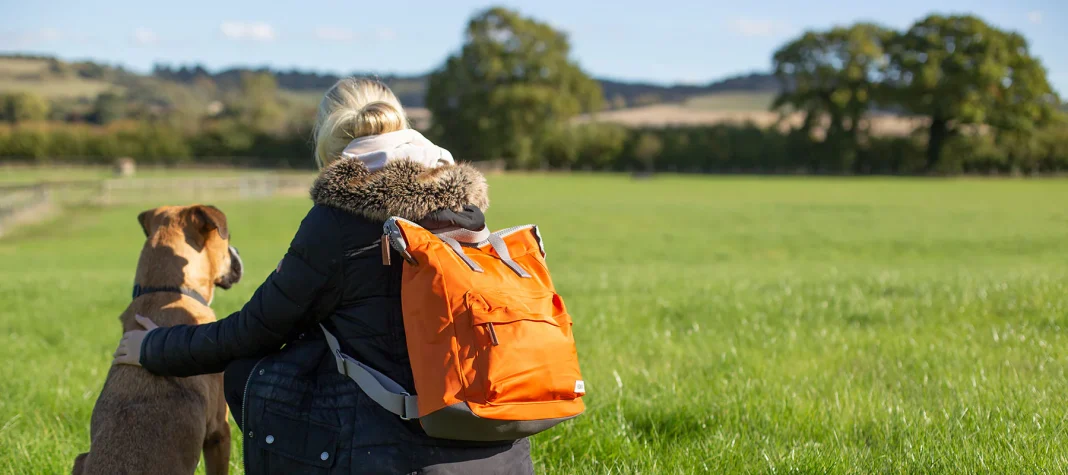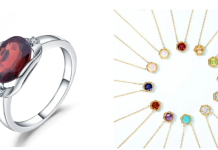As environmental awareness grows among consumers, the demand for sustainable products is transforming various industries, including fashion and accessories. Among these, backpacks have emerged as a significant focus for eco-conscious innovation. Sustainable backpacks combine functionality, style, and a commitment to reducing environmental impact, appealing to a diverse range of users. This article explores the rise of sustainable backpacks, the materials and practices involved, and what to consider when choosing an eco-friendly bag.
The Importance of Sustainable Backpacks
Traditional backpack manufacturing often relies on materials and processes that contribute to pollution and resource depletion. Sustainable backpacks aim to address these issues by prioritizing eco-friendly materials, ethical labor practices, and responsible production methods. As consumers become more aware of their purchasing choices, brands are responding by creating products that reflect their values.
Materials Used in Sustainable Backpacks
1. Recycled Materials
Many sustainable backpacks are crafted from recycled plastics, such as PET bottles. By repurposing materials that would otherwise contribute to landfill waste, these bags help reduce the environmental footprint of production. Recycled materials offer durability and style, making them an excellent choice for eco-conscious consumers.
2. Organic Cotton
Organic cotton is grown without the use of harmful pesticides or synthetic fertilizers, making it a more environmentally friendly option than conventional cotton. Backpacks made from organic cotton are biodegradable and often feature natural dyes, further minimizing their impact on the environment.
3. Hemp
Hemp is a fast-growing, renewable resource that requires minimal water and no pesticides. Its fibers are strong, durable, and biodegradable, making hemp an ideal material for sustainable backpacks. Hemp bags often develop a unique patina over time, adding character and charm to the product.
4. Cork and Vegan Leather
Cork is a sustainable material harvested from the bark of cork oak trees, which can regenerate after harvesting. It is lightweight, water-resistant, and adds a unique texture to backpacks. Vegan leather, made from materials like cork or recycled plastics, provides an ethical alternative to traditional leather without compromising on style.
The Aesthetic Appeal of Sustainable Backpacks
Sustainable backpacks are not just practical; they also offer a wide range of designs and styles to suit different preferences. From sleek and minimalistic to bold and colorful, these eco-friendly bags cater to various tastes while showcasing a commitment to sustainability. Many brands prioritize innovative design, ensuring that sustainable backpacks are as fashionable as they are functional.
Choosing the Right Sustainable Backpack
When selecting a sustainable backpack, consider the following tips:
- Research Brands: Look for brands that prioritize sustainability in their materials, manufacturing processes, and labor practices. Investigate their commitment to eco-friendly practices and transparency.
- Evaluate Materials: Pay attention to the materials used in the backpack. Opt for products made from recycled, organic, or sustainably sourced materials that minimize environmental impact.
- Consider Functionality: Choose a backpack that fits your lifestyle and needs. Consider factors such as size, compartments, and comfort features, ensuring it suits your daily activities.
- Check for Certifications: Look for backpacks that carry certifications related to sustainability, such as eco-labels or memberships in environmental organizations. These certifications can provide assurance about the product’s environmental impact.
- Support Local Artisans: Consider purchasing from local or small brands that focus on handmade, sustainable products. This not only supports the local economy but often ensures a greater commitment to eco-conscious manufacturing.
The Future of Sustainable Backpacks
As the demand for sustainable products continues to rise, the backpack industry is poised for further innovation. Brands are increasingly investing in research and development to explore new materials and technologies that enhance eco-friendliness. Collaborations with environmental organizations and transparent supply chains are becoming more common, ensuring consumers can make informed choices.
The future of sustainable backpacks looks promising, with potential advancements in materials, design, and manufacturing processes. As consumers prioritize ethical practices and environmental stewardship, the backpack industry has the opportunity to lead the way in creating stylish, functional, and eco-friendly solutions.
Conclusion
Sustainable backpacks represent a meaningful way to carry your belongings while making a positive impact on the environment. By choosing eco-conscious bags made from innovative materials and supporting ethical practices, consumers can contribute to reducing waste and conserving resources. As the backpack industry continues to evolve, embracing sustainability will not only redefine style but also promote a more responsible approach to fashion and accessories. With every journey, a sustainable backpack can serve as a reminder of the importance of carrying with care, both for ourselves and the planet.










